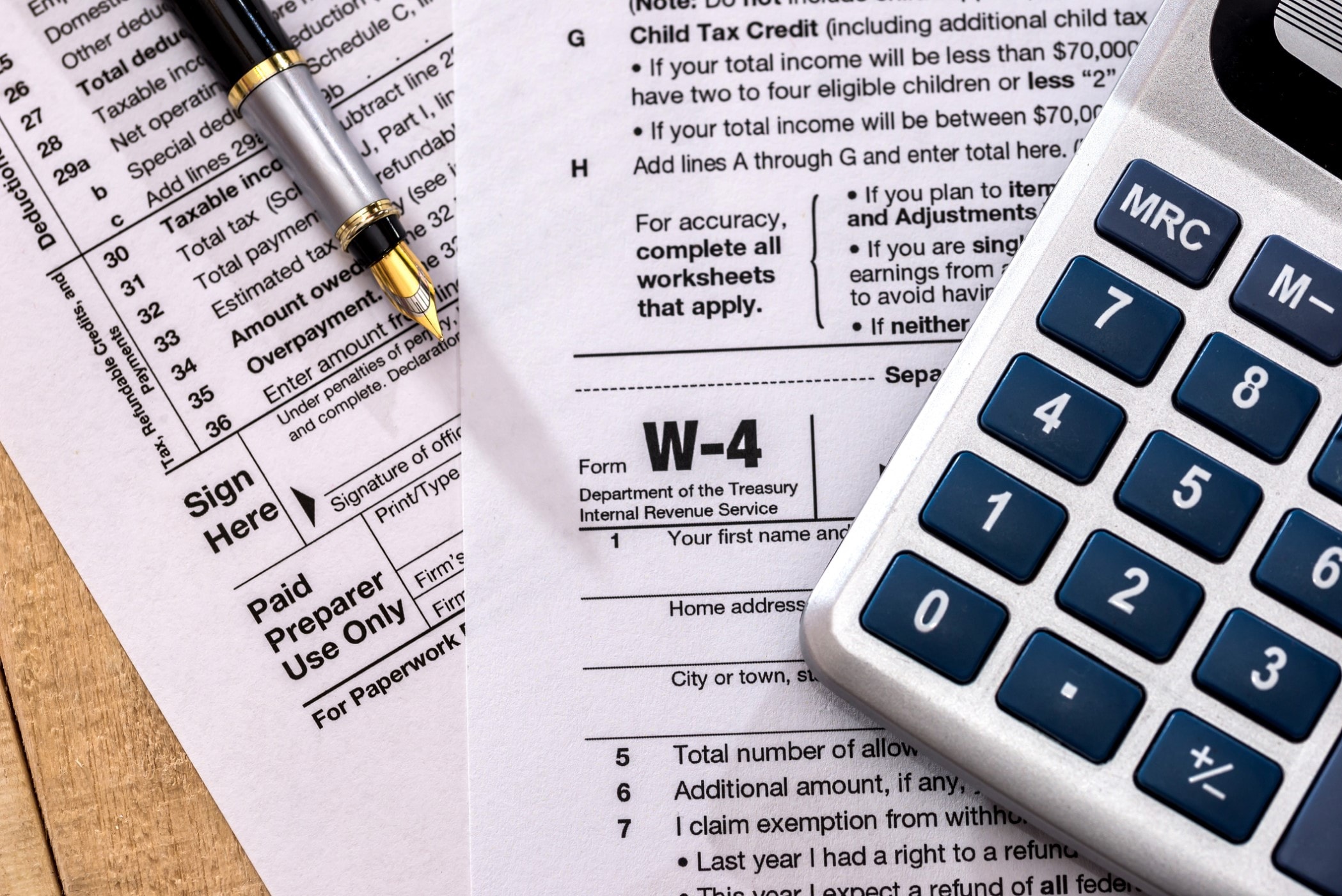Hiring an in-home senior caregiver can be costly. The good news: There are tax breaks that can help offset your care costs.
To determine which tax breaks you may qualify for, you first need to determine who the employer is. (Note that this different from child care tax breaks, where there is no question that the family is the employer).
Am I the employer?
In most cases, the employer of a senior caregiver is the older adult receiving care or their spouse. However, it’s also possible for a relative (often an adult child) to be considered the employer, especially if the elder person is living in their home.
Now, let’s take a look at the tax breaks associated with each employment scenario.
Tax breaks when the senior is the employer
This commonly occurs when a senior is still living in their own home and needs in-home care. The care may be for themselves or their spouse. Depending on individual factors, these four following tax breaks may be available:
1. Medical care tax deduction (IRS Publication 502)
Employers may take an itemized deduction for qualifying medical expenses that are more than 7.5% of their Adjusted Gross Income (AGI), or 10% if they are under 65 years old. Qualifying medical expenses are generally those prescribed by a licensed healthcare practitioner. Expenses for long-term care and nursing services may also be included, even if they are not performed by a registered nurse.
The cost of general household services, such as housekeeping, cannot be itemized, even if the help is recommended by a doctor.
2. Medical Flexible Spending Account (FSA)
If the employer or their spouse has access to a Flexible Spending Account through their job, they may be able to pay for up to $3,400 of medical care using pre-tax dollars. Depending on the employer’s marginal tax rate, using this FSA will save approximately $1,200 per year.
3. Dependent Care Account (FSA)
The employer can also enroll in a Dependent Care Flexible Spending Account through work to pay for up to $7,500 of care-related expenses (usually the caregiver’s wages) using pre-tax dollars. This will save approximately $3,000 in 2026. Eligibility for this FSA is less common as most people taking care of a spouse will either not be able to claim them as a dependent or are not working.
4. Dependent care tax credit (IRS Form 2441)
IRS Form 2441. This tax break allows the employer to itemize up to $3,000 of dependent care expenses per dependent this year ($6,000 maximum per year). The tax credit percentage is based on income, but many employers will receive a tax credit of 20-35% on those itemized expenses, yielding up to $1,050 per year for one dependent or $2,100 per year for two or more dependents. But like the Dependent Care Account, eligibility for using this tax credit is uncommon due to either the employer being retired or unable to claim their spouse as a dependent.
It’s important to note that the IRS says the same expenses cannot be applied to multiple tax breaks. “Families need to understand what tax breaks they are eligible for first and then speak to a personal income tax professional about how to maximize their tax savings,” says Carolyn Livingston, director of partnerships for Care.com HomePay.
Tax breaks for adult children that are considered employers
In some circumstances, an adult child may be deemed the employer if their parent receiving care passes the Qualifying Persons test (see IRS Publication 503). Generally, in order to pass the Qualifying Persons test, the elder parent must be physically or mentally unable to take care of himself and live with the adult child for more than half the calendar year. If this is true, the following tax breaks may come into play:
Medical Care Tax Deduction
The qualifications and benefits are the same as described above.
Medical flexible spending account
Savings and qualifications are the same as above, but the savings will be tied to the adult child’s marginal tax rate.
Dependent Care Account
Also the same stipulations as described above, but it’s more common for a parent living with a child to qualify as a dependent.
Dependent care tax credit
Eligibility is the same as previously mentioned, but again, adult children whose parent lives with them are more likely to meet the qualifications for claiming the parent as a dependent.
Important disclaimer:
As with all tax rules and regulations, there are numerous exceptions, exemptions and nuances. When calculating tax breaks for senior care, it’s strongly recommended that families seek professional guidance from a CPA, financial advisor or personal income tax specialist.
For all other household employment topics, give us a call at (888) 273-3356 and we’ll be happy to provide a free consultation to address your needs.
Next Steps:






